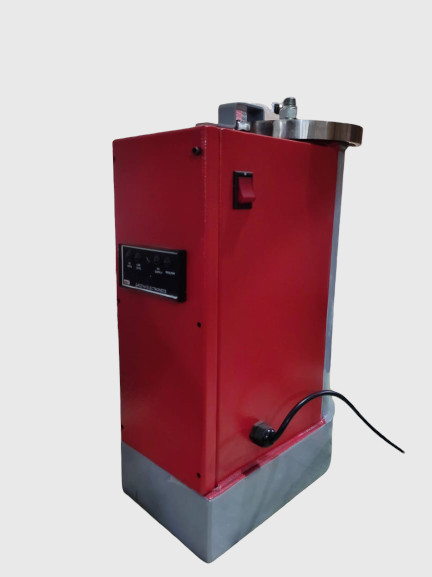
Water is regarded as a contaminant and has to be identified and controlled if the hydraulic, lubricating, compressor, or gear oil you use is not formulated with a water basis. The extraction of water from oil is an essential and complex procedure of industrial machinery and lubrication systems. Because doing this guarantees the best possible performance from the equipment.
If you’ve ever wondered how this is possible, then today you will have a fascinating experience learning about vacuum dehydration units. But how does this even work? In this article, we’ll examine vacuum dehydrators in detail and the amazing process by which they effectively remove water from oil. But before that let’s dive into the basics. So, let’s begin:
A vacuum dehydrator is an advanced piece of equipment that is used to remove water from different kinds of oil, such as lubricating or hydraulic fluid. It is sometimes also known as a low temperature vacuum dehydration system unit. These units are available in several varieties and each one is designed for a particular use in a different range of sectors.
Types and Variations
Portable Vacuum Dehydrators: These small, incredibly adaptable devices are perfect for on-site maintenance duties. Large amounts of oil don’t need to be delivered in order to remove water effectively since they are easily transportable to various pieces of machinery.
Stationary Vacuum Dehydrators: This equipment is best suited for larger-scale operations and is usually included in ongoing oil maintenance operations. They are vital in sectors like industry and power production because of their ability to manage large amounts of water and oil with efficiency.
Combined Vacuum Dehydrators: These devices provide thorough oil purification solutions by combining vacuum dehydration with other filtering methods. They deliver excellent outcomes for crucial applications by combining technologies like filtration and coalescence.
How Does a Vacuum Dehydrator Work its Magic?
Now, let’s have a look at the fascinating method of how vacuum dehydrators expertly extract water from oil:
Stage 1: Evacuation and Heating
A Vacuum Dehydration Unit begins by creating a vacuum within its chamber. This reduced pressure lowers the boiling point of water which causes it to vaporize at a lower temperature. The device usually warms the oil to speed up the process by encouraging the water to transit into vapour.
Stage 2: Water Vapor Removal
The vacuum system then sucks in the water vapour and extracts it from the oil. The process of removing vapour is continued until a considerable amount of the water content is gone.
Stage 3: Oil Cooling and Condensation
Once the water vapour has been removed initially, it condenses when the oil cools. After being separated from the oil, this condensed water is gathered in a different chamber.
Stage 4: Oil Filtration
After this, the oil goes through one more round of filtering to make sure there are no impurities left. Here, contaminants are eliminated to get the appropriate level of oil purity, such as leftover water or solid particles.
Stage 5: Oil Return and Reuse
Now the oil has been dried and cleaned and it is ready to be put back into the machinery it serves. This procedure increases the oil’s lifespan and also guarantees peak performance from the machinery. By doing this you can lower the possibility of mechanical breakdowns and cut down on downtime.






